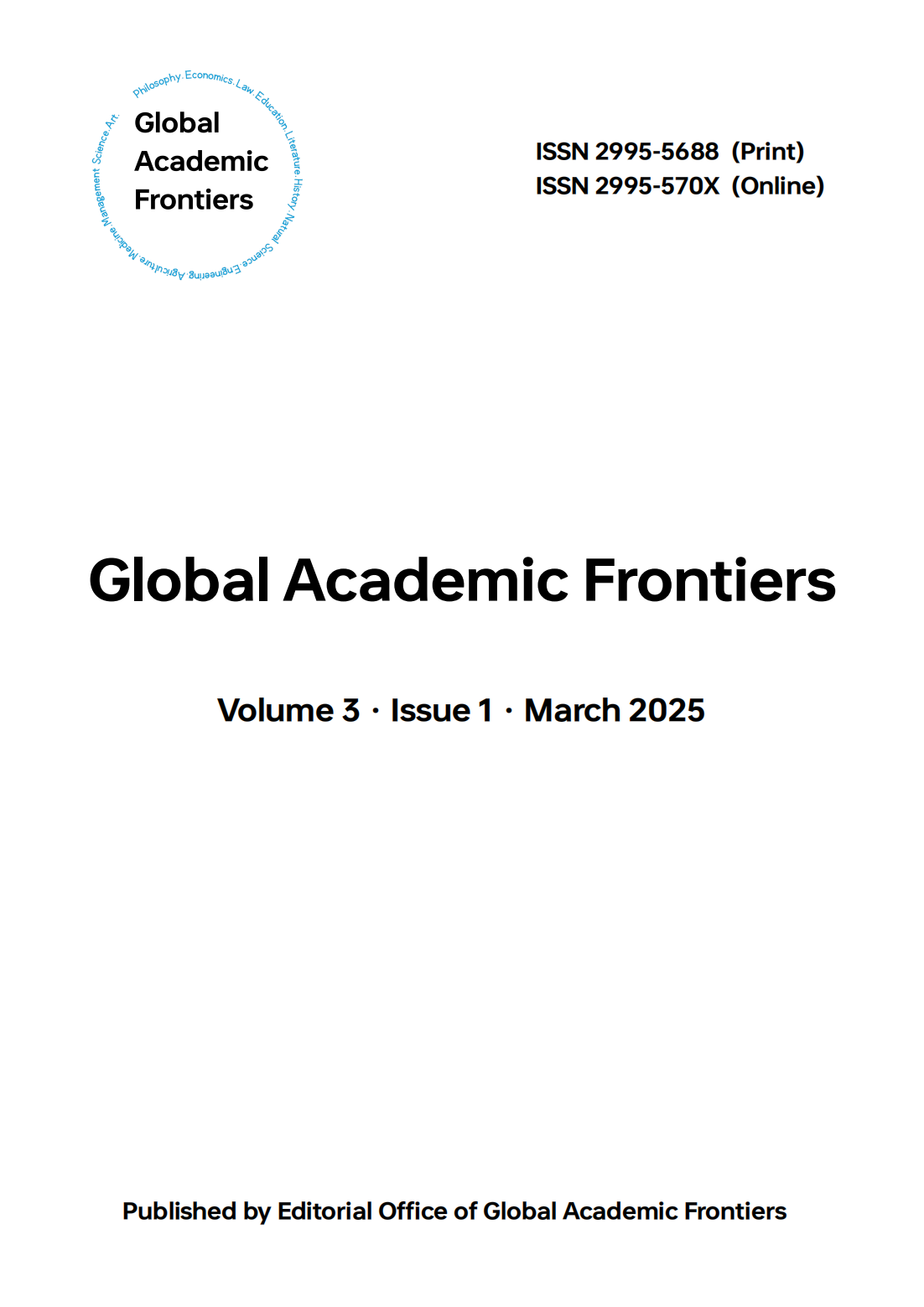Optimization of Machine Learning-Based Dynamic Torsional Control Strategies for Bionic Flapping-Wing Aircraft
DOI:
https://doi.org/10.5281/zenodo.15074444Keywords:
bionic flapping-wing aircraft, dynamic torsion control, machine learning, deep reinforcement learning, attention mechanismAbstract
This paper explores the dynamic torsion control strategy for bionic flapping-wing aircraft based on machine learning. Firstly, it outlines the importance of dynamic torsion control in bionic flapping-wing aircraft and the application of machine learning in this field. Subsequently, a comparative analysis of the energy efficiency of passive torsion and active torsion is conducted, and the challenges faced by traditional Deep Reinforcement Learning (DRL) in flapping-wing control are pointed out. To address these issues, this paper proposes an improved DRL algorithm incorporating an attention mechanism. The design of the new model, the establishment of the simulation environment, and the experimental setup are described in detail. Finally, through the analysis and discussion of the experimental results, the effectiveness of the improved algorithm in optimizing the dynamic torsion control of bionic flapping-wing aircraft is verified, providing insights for future work.
Downloads
References
Guo Yan, Lü Heng, Ding Chunling, et al. Machine learning recognition of fractional-order vortex beam diffraction processes[J]. Acta Physica Sinica, 2025, 74(1): 101-108. DOI:10.7498/aps.74.20241458.
Chen Jiali, Zhao Guoxiang, Yan Yayu, et al. Machine learning exploration of electron gas adsorption on zeolite molecular sieves[J]. Chinese Journal of Inorganic Chemistry, 2025, 41(1): 155-164. DOI:10.11862/CJIC.20240408.
Shang Shuyi, Li Hongjia, Song Chen, et al. A review of machine learning-based KPI anomaly detection in internet service scenarios[J]. Journal of Computer Research and Development, 2025, 62(1): 207-231. DOI:10.7544/issn1000-1239.202330577.
Tian Gen, Zhu Fuhong, Wang Wenyu, et al. Application of machine learning-based sensor monitoring in metal laser additive manufacturing[J]. Materials Reports, 2025, 39(2): 175-190. DOI:10.11896/cldb.23080174.
Qi Jianan, Du Yuxuan, Li Likun, et al. Research on shear capacity of studs in steel-UHPC composite structures based on machine learning[J]. Journal of Southeast University (Natural Science Edition), 2025, 55(1): 146-153. DOI:10.3969/j.issn.1001-0505.2025.01.017.
Wang Maocen, Zhang Lingxin, Zhong Jiangrong, et al. A machine learning-based method for rapid intensity prediction in meizoseismal areas[J]. Journal of Vibration and Shock, 2025, 44(2): 235-244. DOI:10.13465/j.cnki.jvs.2025.02.024.
Deng Bin, Gong An, Wang Jiang. Machine learning-based modeling and prediction of human thermal comfort[J]. Journal of Tianjin University (Science and Technology), 2025, 58(3): 237-246. DOI:10.11784/tdxbz202407008.
Fu Yu, Liu Taotao, Wang Kun, et al. A review of machine learning-based encrypted traffic classification[J]. Journal on Communications, 2025, 46(1): 167-191. DOI:10.11959/j.issn.1000-436x.2025006.
Hou Fang, Qi Xiaoning, Liu Ruichen, et al. Machine learning-assisted prediction of hydrocarbon molecular properties and high-throughput screening of fuels[J]. Chinese Journal of Energetic Materials, 2025, 33(1): 1-12. DOI:10.11943/CJEM2024276.
Huang Zhongqing, Peng Shuang, Sun Deen, et al. Machine learning-assisted design of high-strength and tough (TiZrNbCrSi)N high-entropy nitride coatings[J]. Surface Technology, 2025, 54(1): 74-83, 160. DOI:10.16490/j.cnki.issn.1001-3660.2025.01.007.
Downloads
Published
Issue
Section
License
Copyright (c) 2025 JiaJun Gan, XiaoGang Liang, Ting Yao, Yingzhi Peng (Author)

This work is licensed under a Creative Commons Attribution 4.0 International License.






